Welcome to Ceramic Review
Ceramic Review is the magazine for contemporary and historical ceramics, ceramic art and pottery.
Ceramic Review Issue 326
March/April 2024
Ceramic Review is the magazine for contemporary and historical ceramics, ceramic art and pottery.
March/April 2024
Nicholas Lees has spent decades refining research-led processes to create dynamic and innovative sculptures. Annie Le Santo spoke to him to find out more
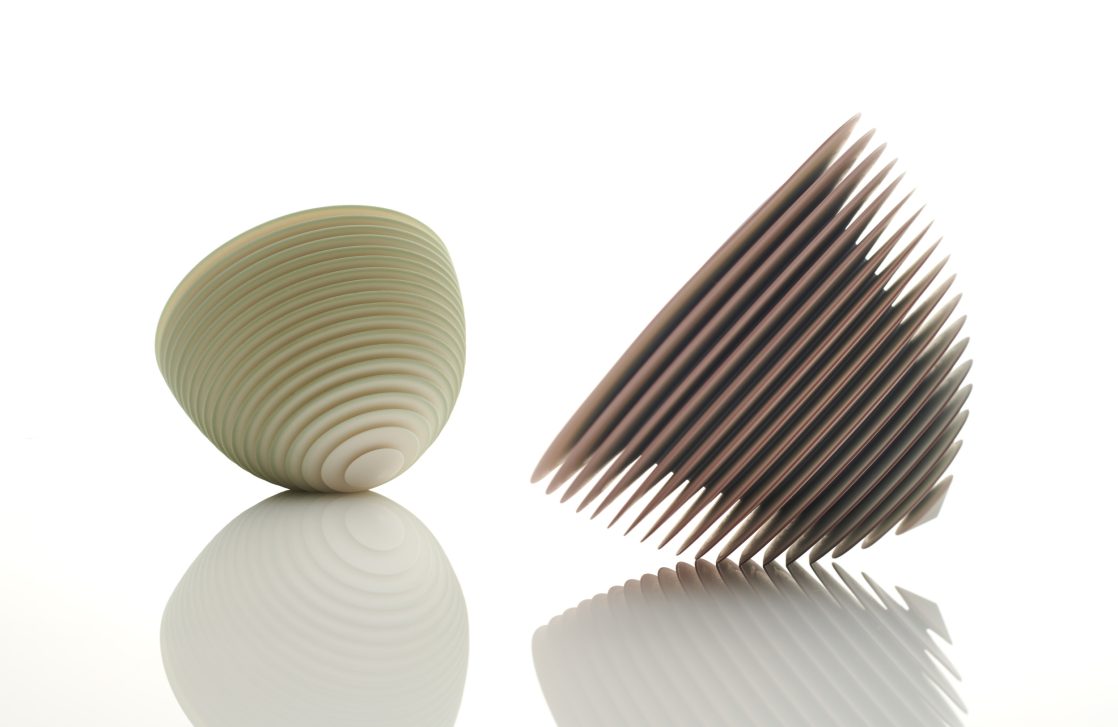
As you first approach Nicholas Lees’ sculptures, you might think you are looking at truly animated objects. Perhaps they are spinning on a turntable or made of moving parts? That is the magic of Lees’ work. With careful construction and an intelligent use of materials, he captivates your gaze, creating inanimate shapes that appear to come alive, pulsating or breathing on their own accord as you move around them.
His sophisticated practice combines years of intensive studying, teaching and experimenting. However, making ceramics wasn’t strictly a childhood dream that was obvious to him. Born into a family of doctors in a village in Hampshire, pursuing a creative career was initially not encouraged. ‘I remember having a distant and vague sense that I wanted to make things,’ he says. ‘But it wasn’t a particularly strong urge at that time.’
CERAMIC PURSUIT
Lees first encountered clay as a teenager when a local maker approached him during the summer holidays, asking him to model for some figurative busts they were crafting. Later, at school, he took art as a fourth subject at A Level where his teacher was ceramicist Stephen Murfitt. ‘Stephen introduced me to raku firing and showed me the work of Hans Coper,’ he explains. ‘These two things had me hooked.’
At university, Lees became passionate about pursuing ceramics seriously, but his parents had reservations. They made a deal: he would first study English and History at the University of Kent. If, after completing the degree, he still wanted to pursue his creative passion, his parents agreed to support his education in ceramics. In 1989, after graduating in English and History, Lees held onto his determination, and his parents fulfilled their promise and he enrolled on a BA Ceramics course at Bristol Polytechnic.
‘It was very generous of my parents, but at Bristol I felt like a fish out of water coming from such a different academic background with no Art Foundation degree,’ he admits. ‘However, I was fortunate to have Walter Keeler teach me how to throw. He is a genius and passed on a wealth of ceramic knowledge, along with a particular mindset about “making pots.”’
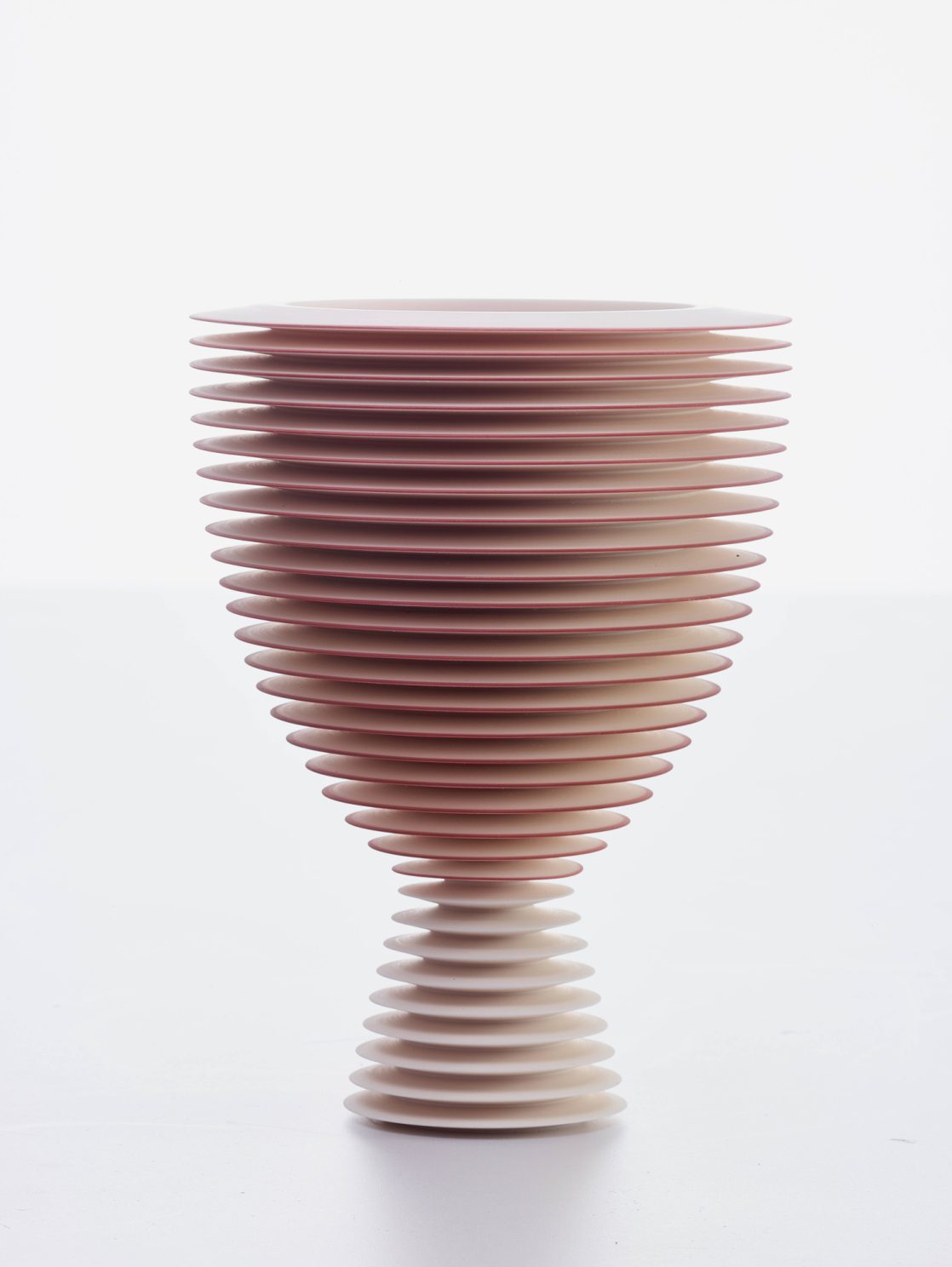
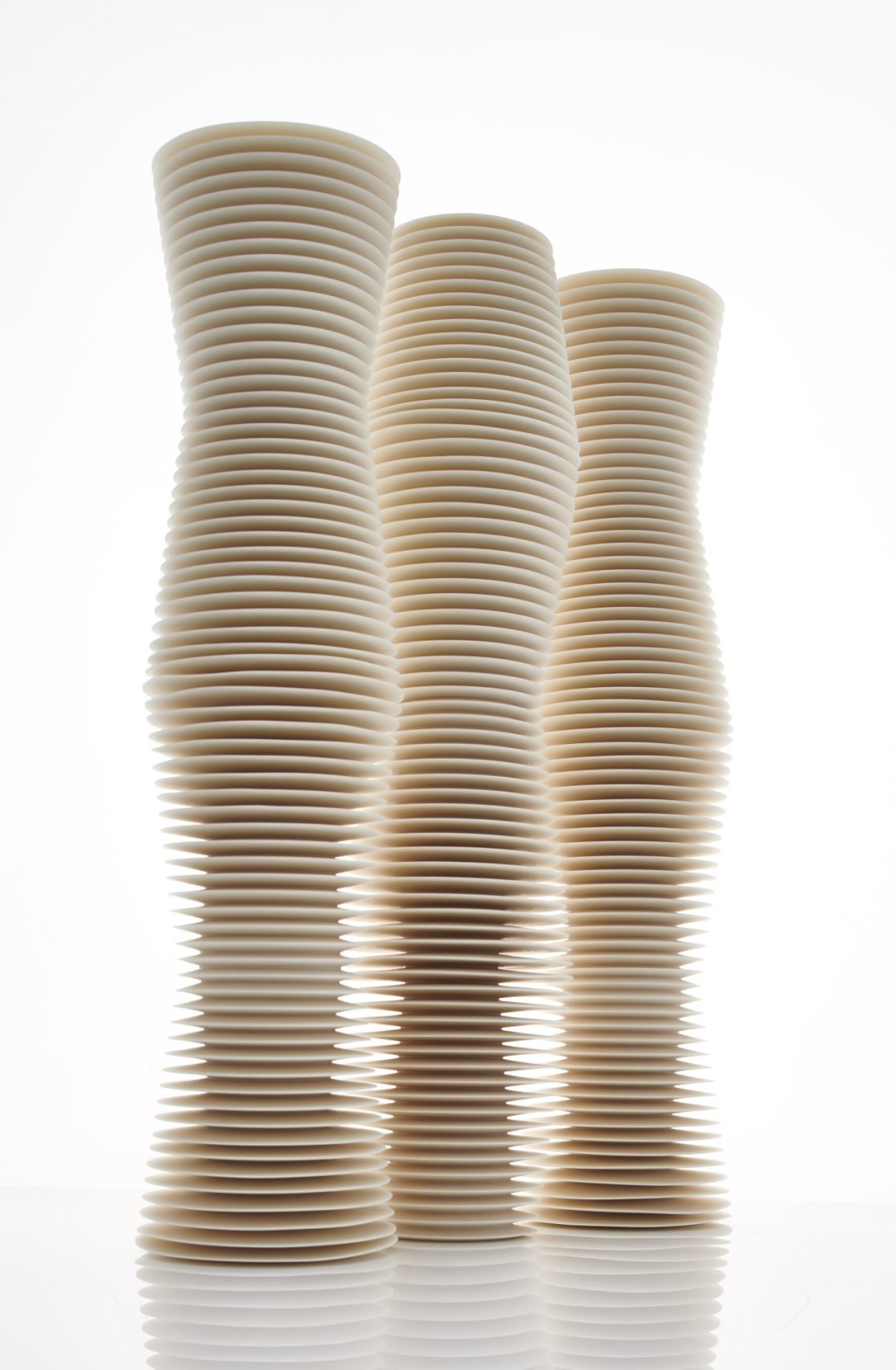
Despite this studio ceramics approach being fundamental in settling Lees into his degree, nowadays he doesn’t identify as strongly with it. Choosing to describe himself as a ‘sculptor’, he sees clay as his medium rather than his profession. ‘One of the interesting things about ceramics is the breadth of the practice that can encompass design, craft, media, sculpture, fine art – whatever you wish to call it,’ he explains. ‘I am interested in all of those things, but I see ceramics just as my material, along with drawing. I am primarily fascinated by the role of materiality and processes in relation to ideas and concepts.’
In Bristol, Lees focused on making pots using hand-coiling and later learned slip-casting, working part-time as an assistant slip-caster. But for someone who always seeks to ask ‘why?’, just mastering these skills wasn’t enough for him. ‘I think I have always been someone who has questioned the rationale behind things,’ he says. ‘I had sort of tied myself to one or two processes and this became more of a constriction than a liberation at the time. I wanted to expand and investigate broader ways of generating form.’
To satisfy this urge, he later pursued a Master’s degree in ceramics at Cardiff. There, Lees discovered himself within a tight-knit community of peers and an environment that encouraged experimentation and mutual learning. ‘I came out of that degree having moved away entirely from making pots and instead working in a hybrid method of slip-casting, carving and building,’ he explains. ‘And all of that work later evolved into the lathe-thrown and lathe-turned work that I am probably most known for.’
ELEMENT OF SURPRISE
Today, Lees’ ceramics are incredibly refined and precise, yet still intrinsically expressive. Rooted in their structures is his unwavering dedication to thoroughly interrogate his materials and processes in relation to the environment around them. ‘A common thread through my work is cross sections,’ he says. ‘I am interested in positive and negative space, the boundaries of the pieces in space and the dialogue between surface and form.’
All these aspects are fundamental to Lees’ practice, however, underneath the conceptual elements is a specific focus on eliciting surprise. ‘I am always trying to surprise myself, and look for new ways to see the world,’ he explains.
A crucial aspect of his work is the substantial time investment. Surpassing construction of the pieces themselves, the depth of thought involved is also remarkable. In 2010, he delved even further into his practice by pursuing an ‘MPhil Through Project’ at the Royal College of Art. ‘I have worked and studied within academia for a long time, which has informed my way of working significantly,’ explains Lees. ‘The rigorous method of asking a question and using research-led processes to find an answer to it – it takes you into surprising places and finding out new ways to make things.’
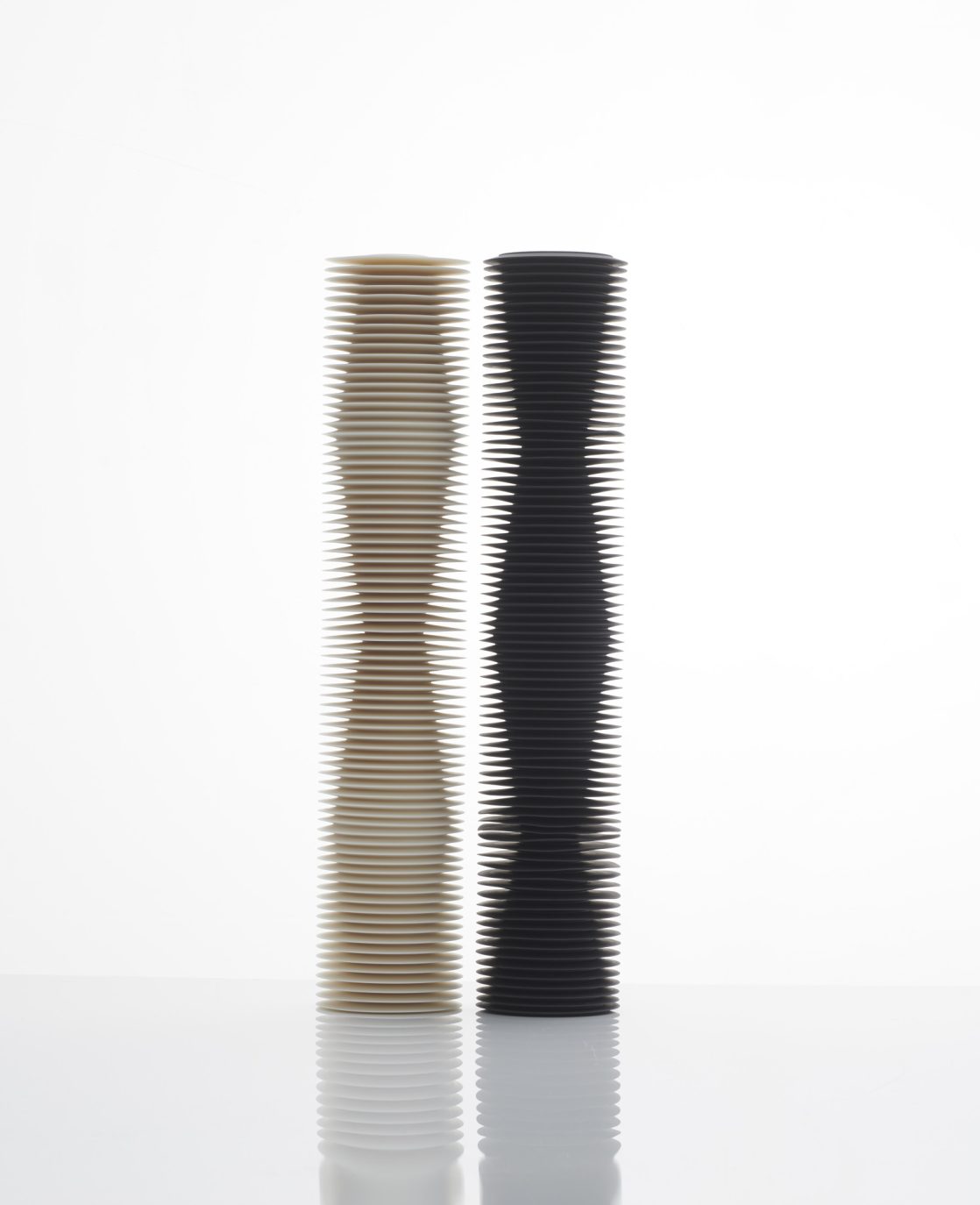
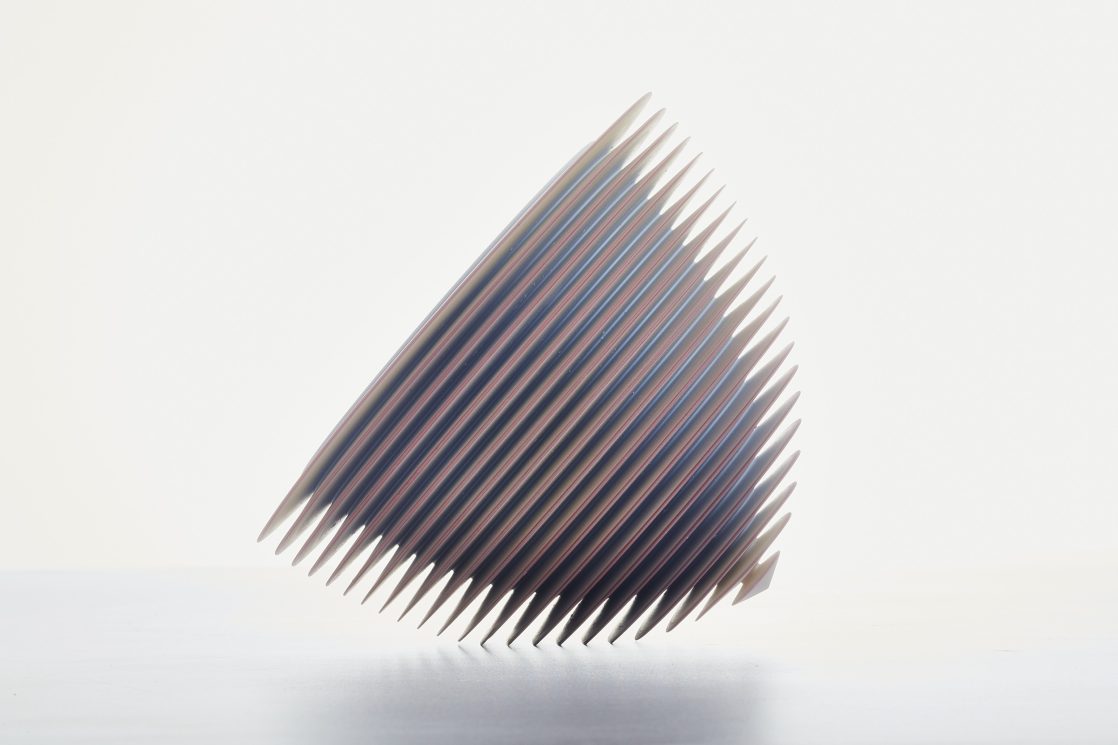
Lees pioneered a distinctive method for colouring the fine edges of his sculptures. It doesn’t involve traditional slips, stains or glaze; instead, he employs unique strategies of chemical reactions that are unusual in ceramics. ‘In basic terms, I am using solutions of metal salts. It is a process of saturation and evaporation,’ he reveals.
Not only is the chemistry impressive, the illusion of movement in Lees’ work is truly extraordinary and something that must be witnessed in person to be fully appreciated. The sliced edges of the sculptures give the illusion that they are moving within the space, expanding and retracting depending on the angle from which you view them. ‘I am trying to make an aura appear around my forms, as though they are breathing,’ he says. ‘I have been making this work for 10 or 12 years and even now I get surprised by what I see. The light may change in the studio and the pieces appear new in some way.’
PASSIONATE PRACTICE
After teaching ceramics for 25 years, Lees now finds himself teaching less and less, in order to make more and more. He has earned numerous awards and showcased his art globally. With a solid standing in his field, his work is praised by both institutions and collectors. Despite his achievements, he is not planning to slow down anytime soon. His goals are straightforward: continue creating and chasing the element of surprise, which he craves. His enthusiasm for exploring every facet of his practice, meticulously constructing each piece in the hope of uncovering something new, reflects a profound passion.
This dedication extends to his exploration of new materials and the expansion of the connection between his drawings and sculptures. Lees achievements throughout his career and the striking visual impact of his work has undeniably affirmed the commitment and interest for ceramics that he ardently maintained after his first degree. ‘I am incredibly thankful to make a living doing what I love,’ he admits. ‘Even if I didn’t have to, this would always be how I would choose to spend my time.’
For more information visit nicholaslees.com
Images: courtesy of the artist; Sylvain Deleu; Jon Furley; Russell Sach
